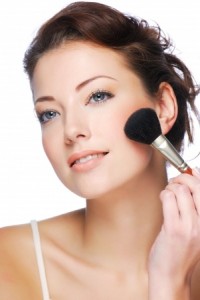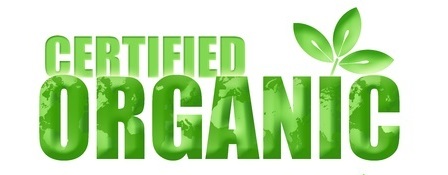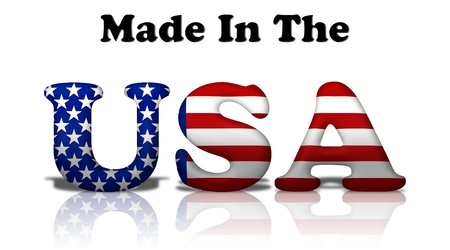 More and more people are becoming concerned about the ingredients of the products they’re using on their skin, for the immediate issue of wanting healthy glowing skin, and for the long -term concern about health and longevity. There is a heightened incidence of chemical sensitive people and increasing cancer rates. We’ll discuss a few key ingredients that can be found in “mineral makeup” but should be avoided.
More and more people are becoming concerned about the ingredients of the products they’re using on their skin, for the immediate issue of wanting healthy glowing skin, and for the long -term concern about health and longevity. There is a heightened incidence of chemical sensitive people and increasing cancer rates. We’ll discuss a few key ingredients that can be found in “mineral makeup” but should be avoided.
Bismuth Oxychloride: (which is also known as synthetic pearl) is a popular additive used by those big name Mineral Makeup companies. They use it because it is a cheap filler and it has a distinct shimmery, pearlescent appearance and a fine white powder texture that adheres well to skin.
The claim for bismuth oxychloride is that it is all-natural and better for skin than talc. In fact, in many ways talc is a more natural, unadulterated, pure ingredient than bismuth oxychloride. Bismuth oxychloride, which seldom occurs in nature, is manufactured by combining bismuth, a by-product of lead and copper metal refining, with chloride (chlorine compound) and water. It is non- toxic but due to it’s close chemical resemblance to arsenic it irritates the skin and causes redness and itching.
Bismuth oxychloride is heavier than talc. Pure bismuth is a naturally occurring, grayish-white powder. It and its derivatives are used as skin protectives, thickeners, and absorbent agents. Bismuth oxychloride was permanently listed by the FDA as a coloring agent in 1977 and as a synthetic ingredient.
Talc: Talc is a mineral. However, it has been solidly linked to cancer and is very drying to the skin. You will on occasion, see talc in mineral makeup products, but the truth is, one of the original concepts of mineral makeup was to avoid talc. A great mineral makeup foundation should be made without talc, so we suggest steering clear of that particular ingredient.
Dyes: You may have noticed that there are bright reds, corals, and neon shades popping up in mineral makeup lines around the U.S. This is an unfortunate byproduct of a ‘gold-rush’ mentality. Many companies that makes soaps and lotions, or that supply ingredients to hand crafters, do not discern between pigments coated with dyes, and those that are without.
So, there is a plethora of companies marketing eye-shadows, glosses, and blushes made with dyes and lakes. If you are allergenic, eco-minded, vegan, or sensitive, you’d do well to avoid any products containing dyes, as they are not earth friendly (generally derived from coal-tar), and can really irritate the skin. They have also been linked to all kinds of problems, from hyperactivity to cancer.





